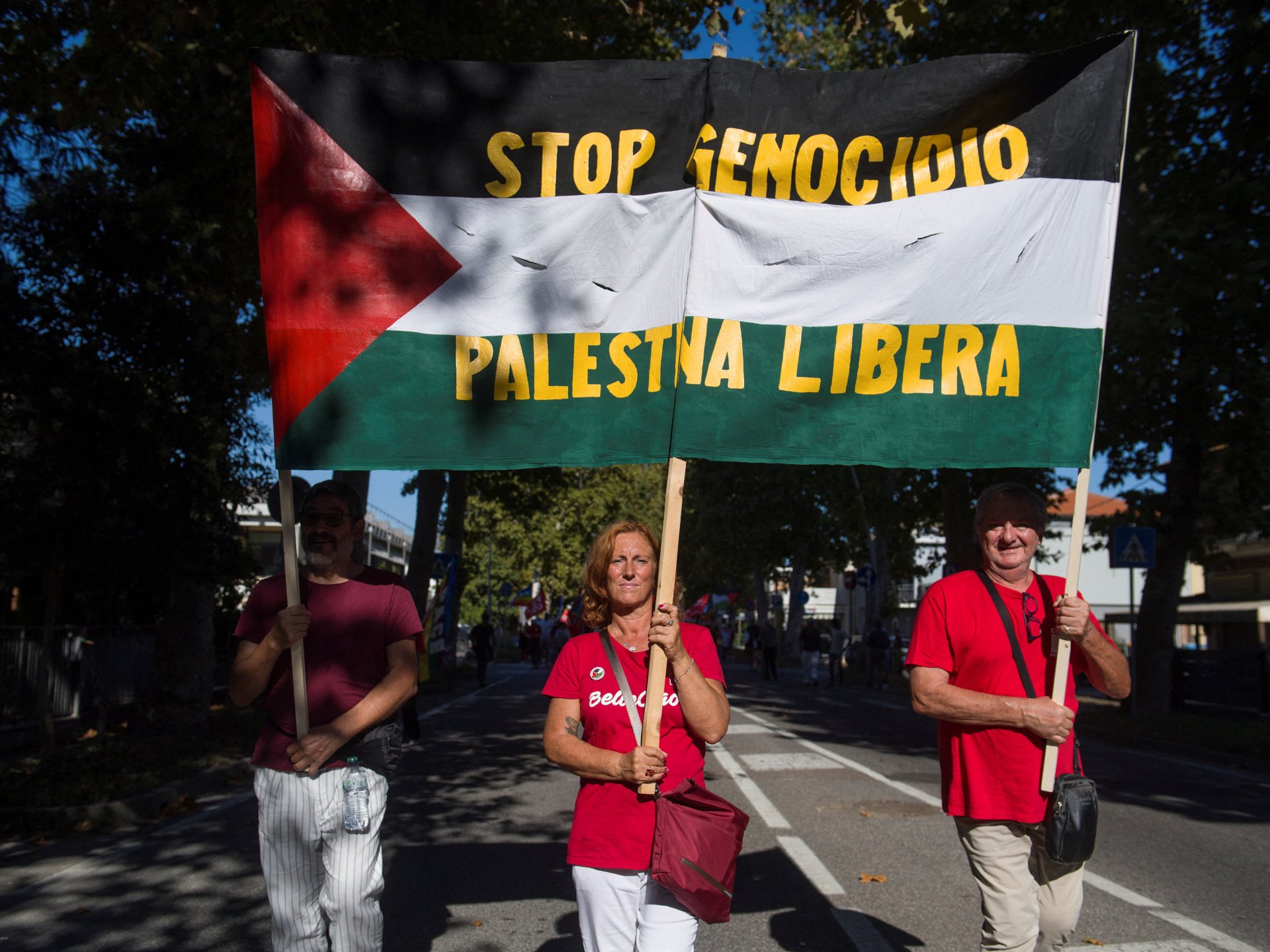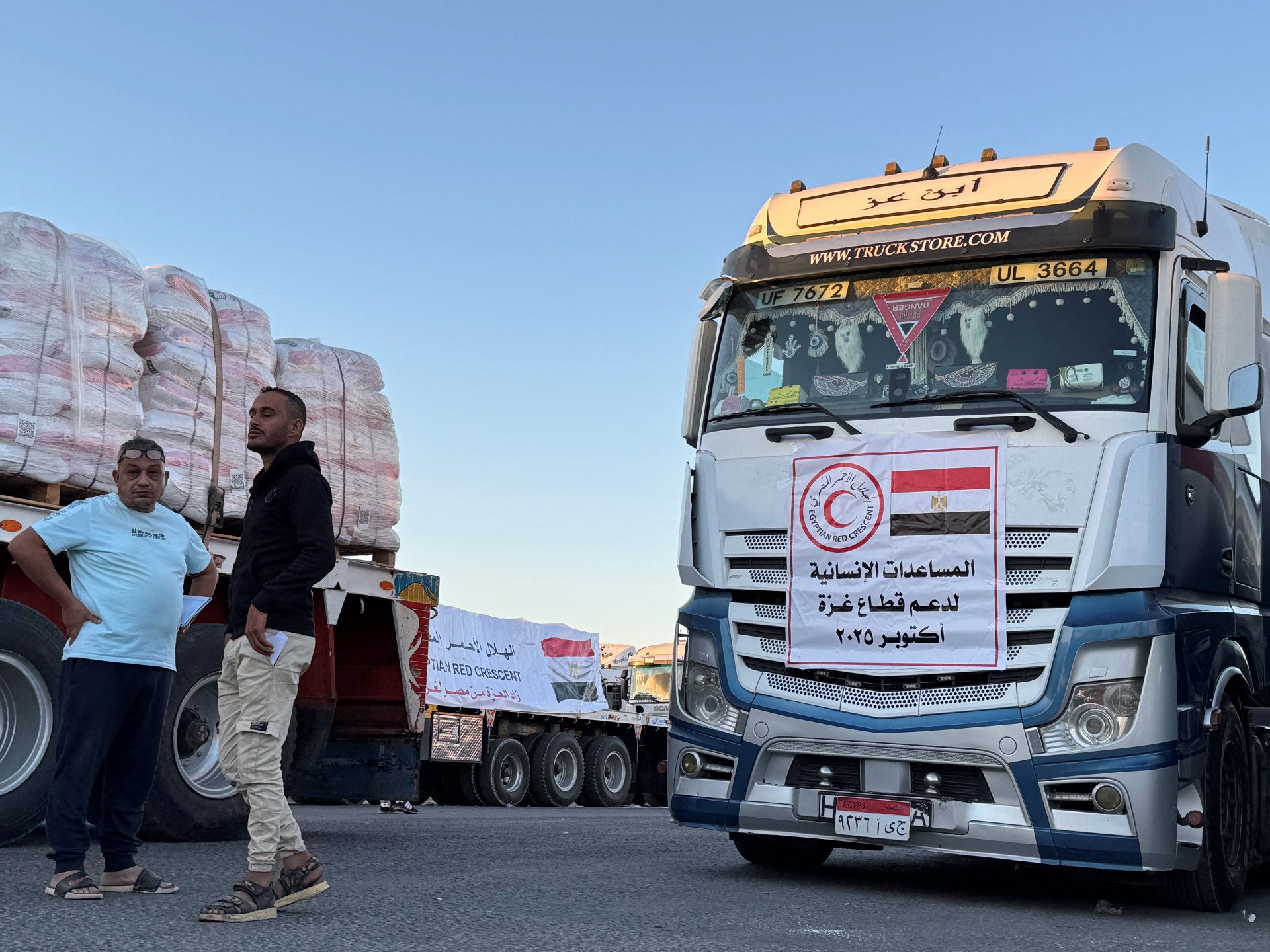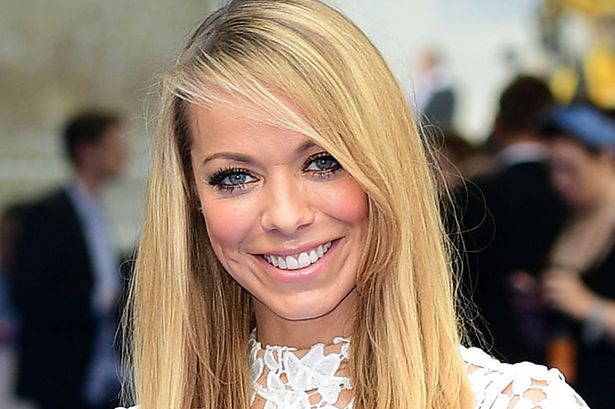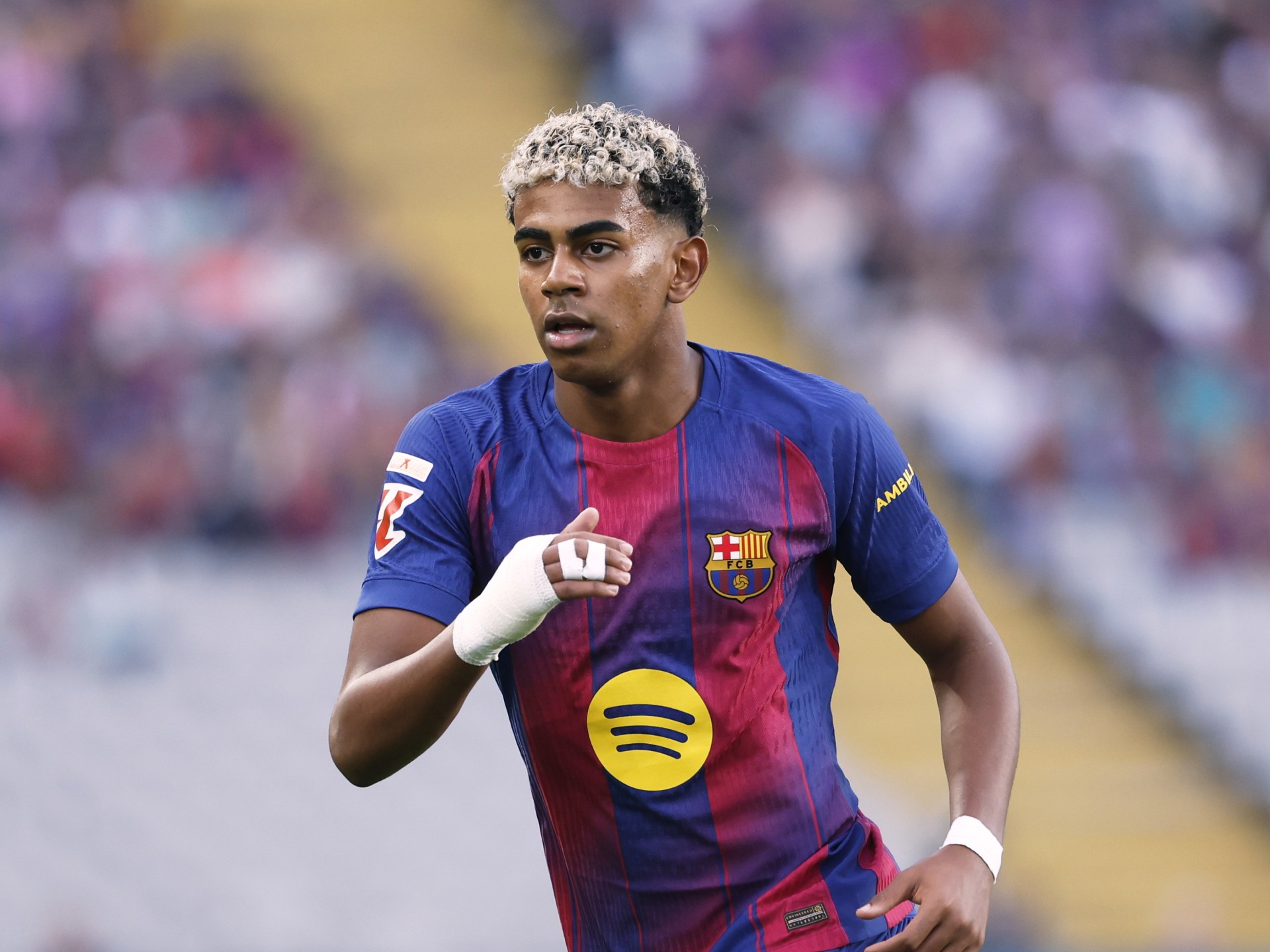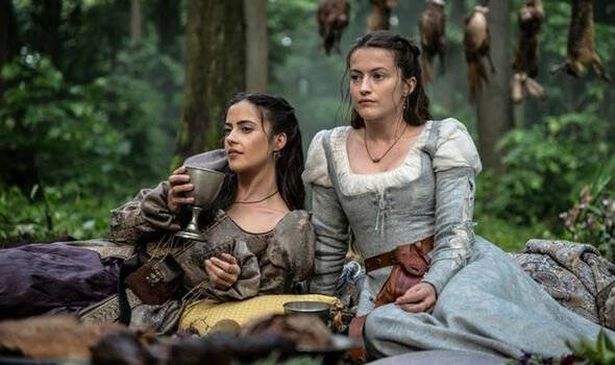Since October 10, there has been a ceasefire in Gaza, but Israel has continued to use brutal force. More than 220 Palestinians have been killed in three weeks. More than 100 people were massacred on Tuesday in a 24-hour period. Israel continues to block the amount of aid that was agreed during the ceasefire. For reconstruction and extensive medical evacuations, it is stifling resources and equipment.
Israeli soldiers and settlers continue to carry out unchecked attacks on Palestinians and their property in the occupied West Bank. Since October 7, 2023, they have killed more than 1, 000 Palestinians, including 213 children. A nine-year-old boy was playing football with friends when Israeli soldiers shot him dead just on October 16.
As long as Israel continues to be occupied and colonized Palestine, a ceasefire is undoubtedly not going to stop the killing, as long as the West offers it political, military, and logistical support. Governments have attempted to change their positions on Israel after two years of street protests all over the world, but they have failed to do so.
The solution might be to mobilize large numbers of workers. Labor unions are uniquely positioned to undermine the support for Israel by their governments, particularly in Europe. Workers in many sectors could influence the situation by organizing for Palestine, given the active trade between Israel and the European countries and the logistical significance of European ports.
Millions of people have marched across Europe over the past two years, but most governments have ignored calls to end all support for Israel. Despite its unwavering support for Palestinian rights, the Irish government still trades heavily with Israel. In 2024, Israel was the third-largest importer.
Public demonstrations frequently act as a “pressure valve,” guiding dissention and lowering government pressure to alter policies. However, industrial behavior is unique. The economy is driven by workers. The consequences of their inability to carry out their duties can be both politically and economically devastating.
Strikes and industrial actions can paralyze supply chains, cause higher production costs, and force concessions, in contrast to protest marches and protest marches. Employers have the organizational acumen to strategically escalate actions, from localized slowdowns to national-scale strikes, thereby putting economic downturns under political pressure.
Unions continue to be the most powerful means of influencing governments in liberal democracies. And recent history provides a lot of proof for that.
For instance, the South African apartheid regime was actively challenged by labor unions in Western nations. In response to the Irish anti-apartheid strike at Dunnes Stores in July 1984, workers at the store refused to handle South African goods in a protest against apartheid. In the same vein, San Francisco dockworkers vowed to not unload any cargo from South Africa in November 1984.
The anti-apartheid movement in the West grew more quickly thanks to these and other examples of workers’ solidarity actions, which eventually led to the government’s official sanctions against the apartheid regime.
stumbling block to the trade between the EU and Israel
Israel’s largest trading partner is the European Union, which accounts for 32% of its total goods trade in 2024. Israel’s imports are made up of 34.2% of the EU’s, and its exports are made up of 28.8%. Israel’s military equipment and supplies are primarily imported from EU nations. Israel’s war machine could be directly undermined by disrupting this supply chain.
Because they regulate the flow of goods, ports are crucial chokepoints in this chain. Significant consequences would result from selective industrial action at ports that would halt shipments to or from Israel. Since Israel’s trade accounts for only 0.8% of the total of the EU, such actions would have a significant impact on the EU’s economies.
Additionally, a ban on EU ports would have an impact abroad. Major European ports are used to transport a large portion of Israel’s trade with the United States, which is its main trading partner in 2024. The cost of Israeli logistics could go up dramatically if transshipments are blocked or cargo costs are increased by making ships avoid EU hubs.
Trade unions can also protest the status of goods produced in occupied Palestinian territory by blocking their movement. Or they can go further and refuse to deal with any goods coming from or going to Israel. Small and medium-sized European businesses and corporations would find it expensive to trade with Israel as a result.
Trade unions would be upholding international law and acting in accordance with established human rights standards in doing so.
Solidarity movements should work with labor unions throughout Europe in order to address the scope of industrial protest action. The work of solidarity organizations can primarily enlist the public’s support, encourage boycotts of stores, and educate people about the history of Palestine and Israel’s actions. These actions maintain legitimacy, increase support, and raise awareness of the Palestinian conflict.
Unions can direct action in Israel’s production sites and ports, preventing the flow of goods there.
The conflict between the systems that support Israel’s war and solidarity movements and unions would become materialized. When they launched a national strike on Gaza in September, Italian activists and workers demonstrated how effective combined action can be.
convergent human rights and labor interests
Israel’s ties to multinational corporations, particularly in Europe and North America, are a determining factor in the war and colonization of Palestine. Many of these businesses profit from occupation and war while also being major employers in these locations by exploiting workers, driving down wages, and lobbying for labor deregulation. They lobby governments to support Israel and purchase Palestinian-tested weapons and technologies to use for Israeli surveillance and repression against their own citizens.
This provides a platform for solidarity movements and labor unions to unite against common oppressors. Unions can undermine Israel’s war effort by disrupting its supply chain, as well as hold multinational corporations accountable for putting profits before people’s lives, whether they are from the Palestinian or the European Union.
Particularly now that Israel has switched to low-level killing and starvation under the guise of a ceasefire to placate international outcry, a convergence of efforts between the solidarity movement and labor unions is crucial.
This pattern of continued genocidal violence can be seen in previously agreed agreements, which demonstrates why symbolic gestures and diplomatic promises won’t put an end to the Gaza genocide. Israel’s war machine can only be broken by logical, tangible action.
By preventing Israel’s economic lifeline through strategic industrial action, labor unions in Europe have the authority to do just that. Unions can compel complicit corporations to stop using their own words and force governments to abandon their empty rhetoric by attacking supply chains that fuel the war. Israel’s continued killing of Palestinian children won’t be stopped by symbolic protests and chants against the war. Workers must unite, speak out, and put an end to Palestinian colonial violence.
